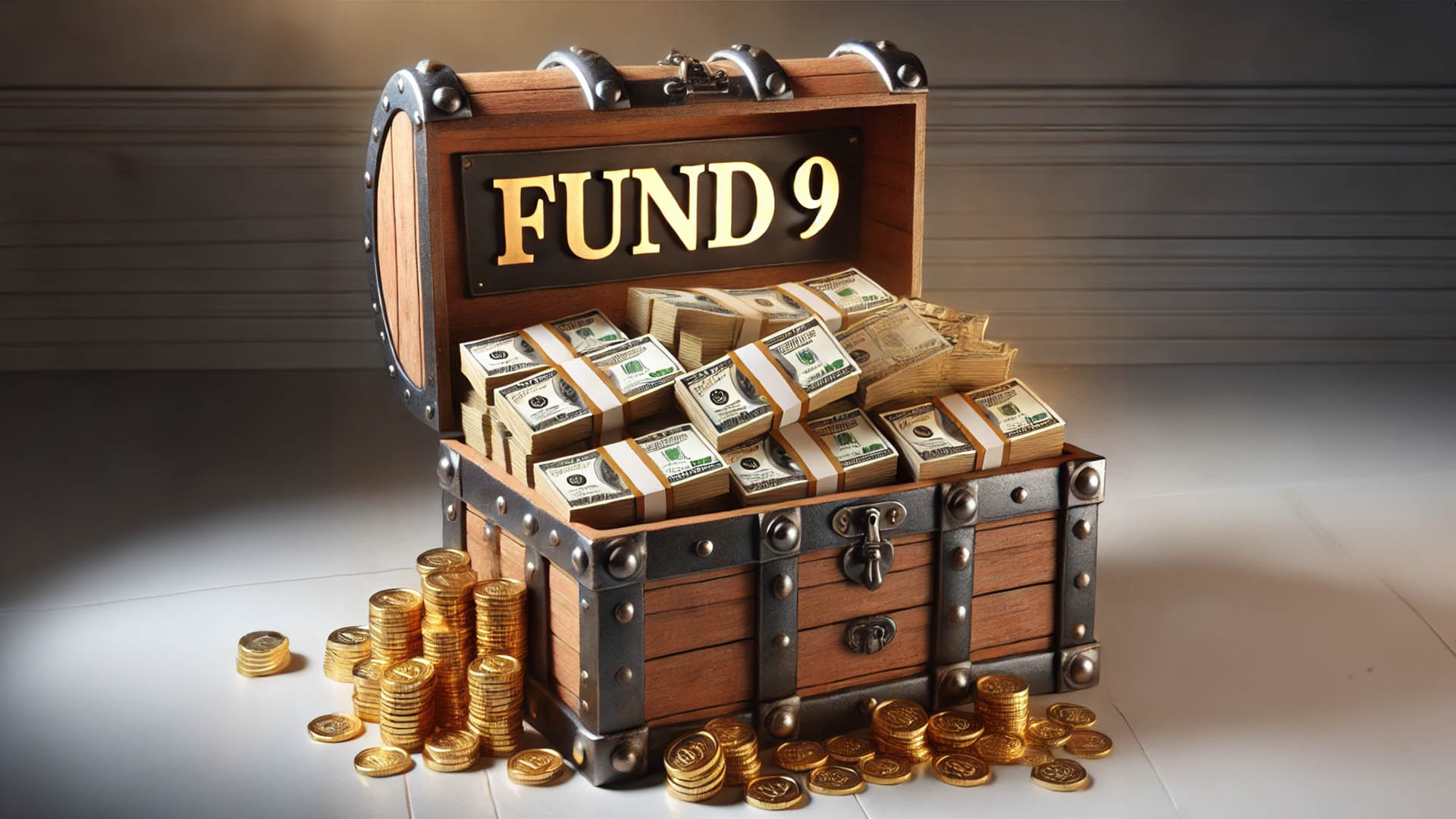More evidence that the Australian economy is starting to do better than forecast by the Federal Government and many private economists with a solid finish to 2013 for home lending, another rise in house prices, a fall in bad debts at the ANZ bank and another upbeat report on business conditions from the NAB’s monthly survey for January.
That saw the ASX close higher and the Aussie dollar regain the 90 US cent mark, as punters bought into the belief that the Reserve Bank won’t be cutting interest rates.
Looking at the news flow yesterday, the ANZ produced a bullish first quarter update which helped change market sentiment; the NAB confirmed that business conditions remained near a three year high in January, where they had been in December; housing finance eased in December, but was up 27% for the year as a whole and house prices rose strongly in the December quarter and in 2013, according to figures from the Australian Bureau of Statistics.
The NAB said business conditions remained at the December levels last month as confidence lifted above its long-run averages, thanks to the weaker Australian dollar and the positive impact of the record-low interest rates support the non-mining sectors of the economy such as housing.
Business confidence, which dipped after a post-election boost last year, moved back into positive territory, although two sectors – wholesale and mining – remained negative, the NAB survey revealed. It was the first rise in business confidence for four years.
"The improvements over recent months have established a clear upward trend in business activity, suggesting some upside potential to our current growth outlook, although indicators of employment continue to point to a soft labour market," NAB said yesterday.
The survey was conducted before Toyota’s announcement on Monday that it would pull out of car making in Australia.
"Overall conditions are still chasing confidence, but are now close to their long run average," the NAB report said.
"Manufacturing recorded a surprisingly strong turnaround – somewhat counter to other industry indicators.
The next best improvement was in construction, followed by retail. All other industries deteriorated.
Forward orders look more supportive of better conditions, but capacity utilisation remains below long run averages, and the employment index still suggests a jobless recovery," the bank said in the report. Labour costs remained weak.
"It is probably still too soon to call the end of sub-trend economic growth in Australia based on these outcomes, but a rise in forward orders and capacity utilisation certainly provides some comfort," NAB added.
Meanwhile, figures from the Australian Bureau of Statistics (ABS) reveal that while home lending might have slowed in December, finance flowed freely in 2013, helping push prices up by more than 9% over the year.
The value of loans approved for housing in December eased 1% to $27.05 billion, seasonally adjusted, according to the ABS.
That was 27%, or $5.75 billion, above than December 2012. Of that total, $10.77 billion was lent to investors, a jump of 41% over the year.
That was the fastest annual rise in investor finance for 10 years, and took their share of home lending to 40%, which was also a decade high.
The ABS data shows that excluding refinancing transactions for already held homes and units etc, investors are being lent 48% of all lending for housing.
With building approvals up 21% for the year for all dwellings and more than 17% for owner occupied dwellings, it is clear the housing sector is in the midst of a boom.
And that was confirmed by the December quarter house price index from the ABS.
It showed residential property prices in the December quarter were up by 9.3% from a year earlier (and 3.4% in the quarter), while the Sydney market showing a 13.8% surge. Sydney prices jumped by 4.9% in the December quarter.
The ABS said that house prices rose in the other capital cities, with Melbourne (+2.8%), Perth (+3.5%), Brisbane (+3.0%), Adelaide (+2.8%), Hobart (+2.3%), Darwin (+2.7%) and Canberra (+0.4%).
Prices for attached dwellings (which includes flats and apartments) rose in all capital cities except Darwin (-0.4%). Prices went up in Sydney (+4.4%), Melbourne (+1.9%), Perth (+2.6%), Brisbane (+2.2%), Adelaide (+1.5%), Hobart (+0.7%) and Canberra (+0.1%).
In a reworked set of statistics, the ABS revealed (for the first time), that total value of residential properties in Australia, which has risen to $5.02 trillion in the December quarter 2013, up from $4.83 trillion in the September quarter.
They also show that the average price of Australia’s 9.3 million residential properties is now $539,400 (up from $496,800 in the December quarter 2012).
The ABS said the Bank housing loan outstandings rose 0.7 in December to end the year at $1.217 trillion. Owner occupied housing loan outstandings of banks rose 0.6% to $810.1 billion and investment housing loan outstandings of banks rose 0.9% to $407.3 billion.













